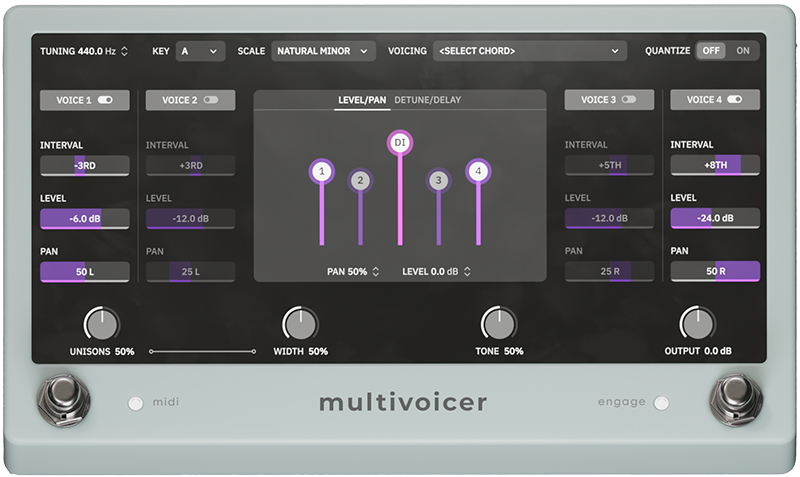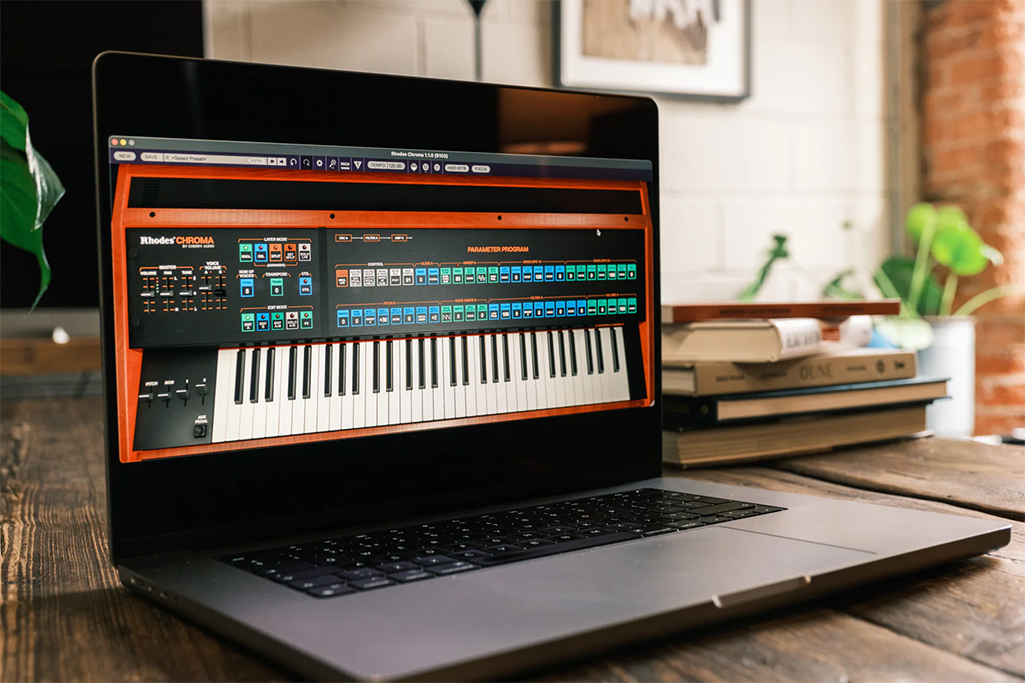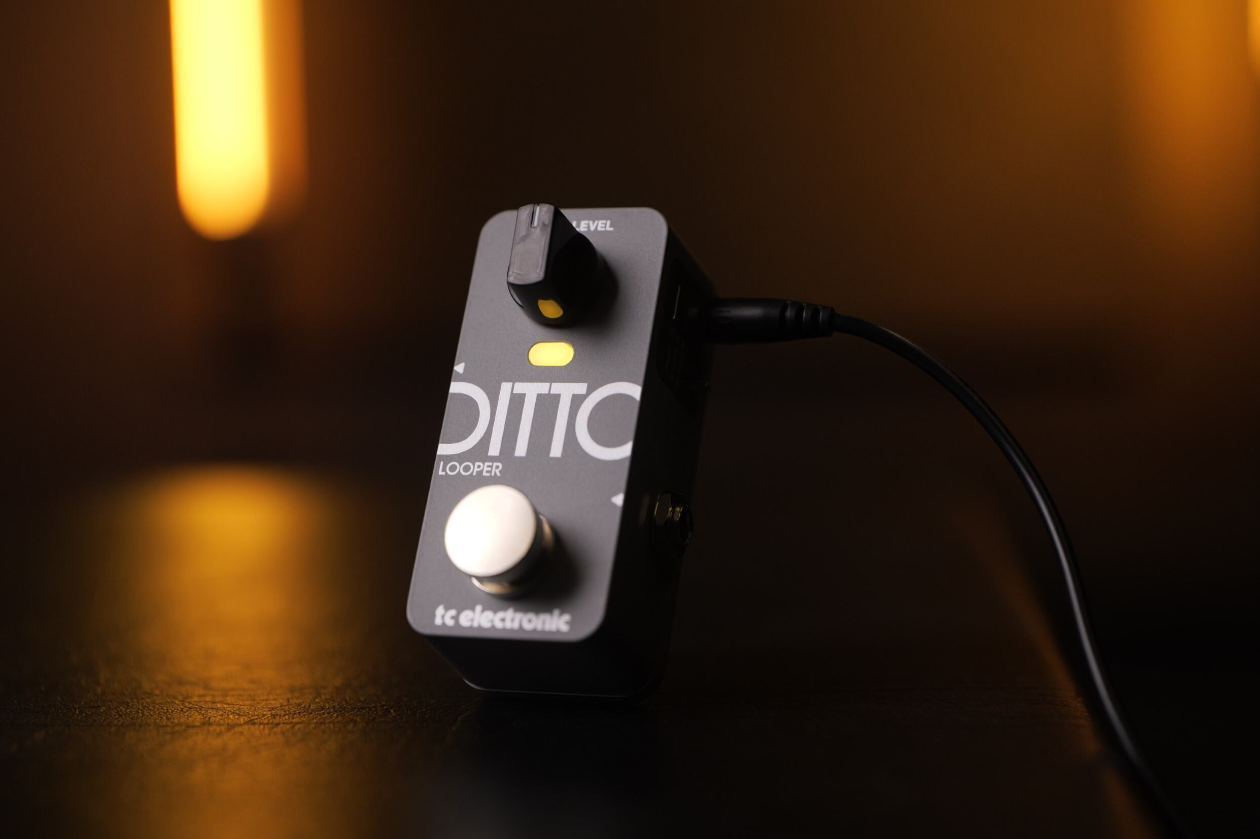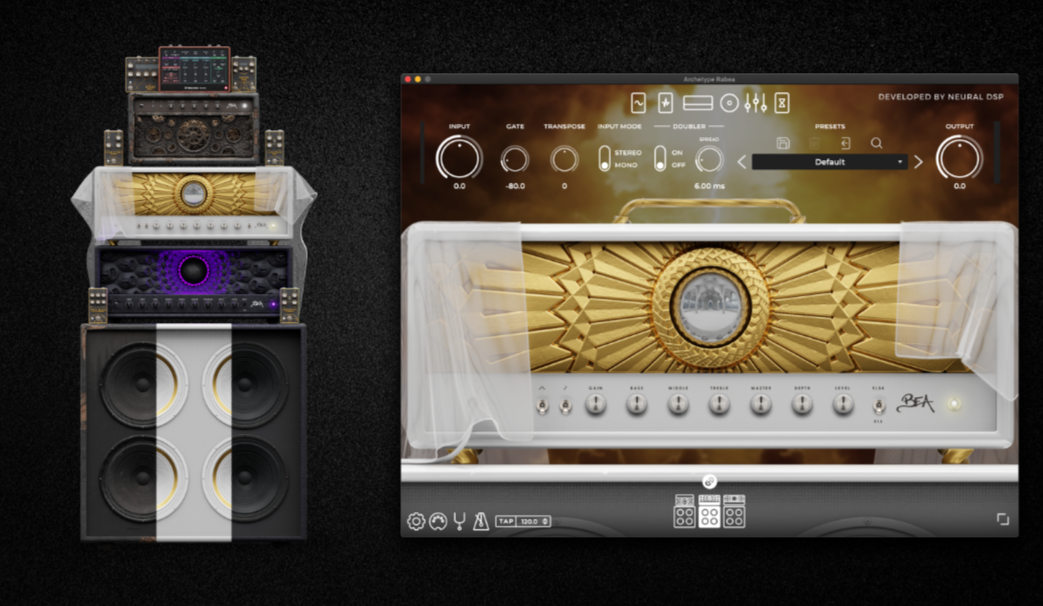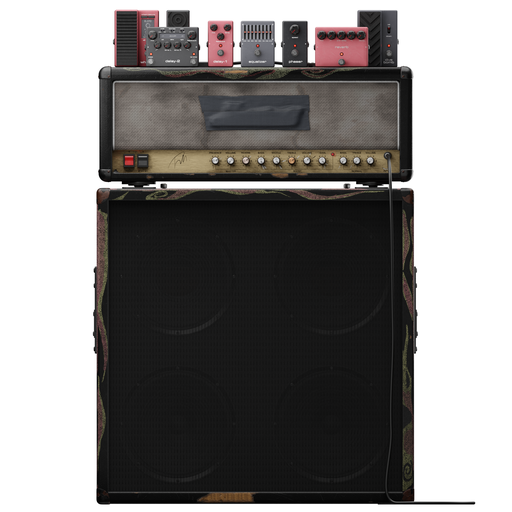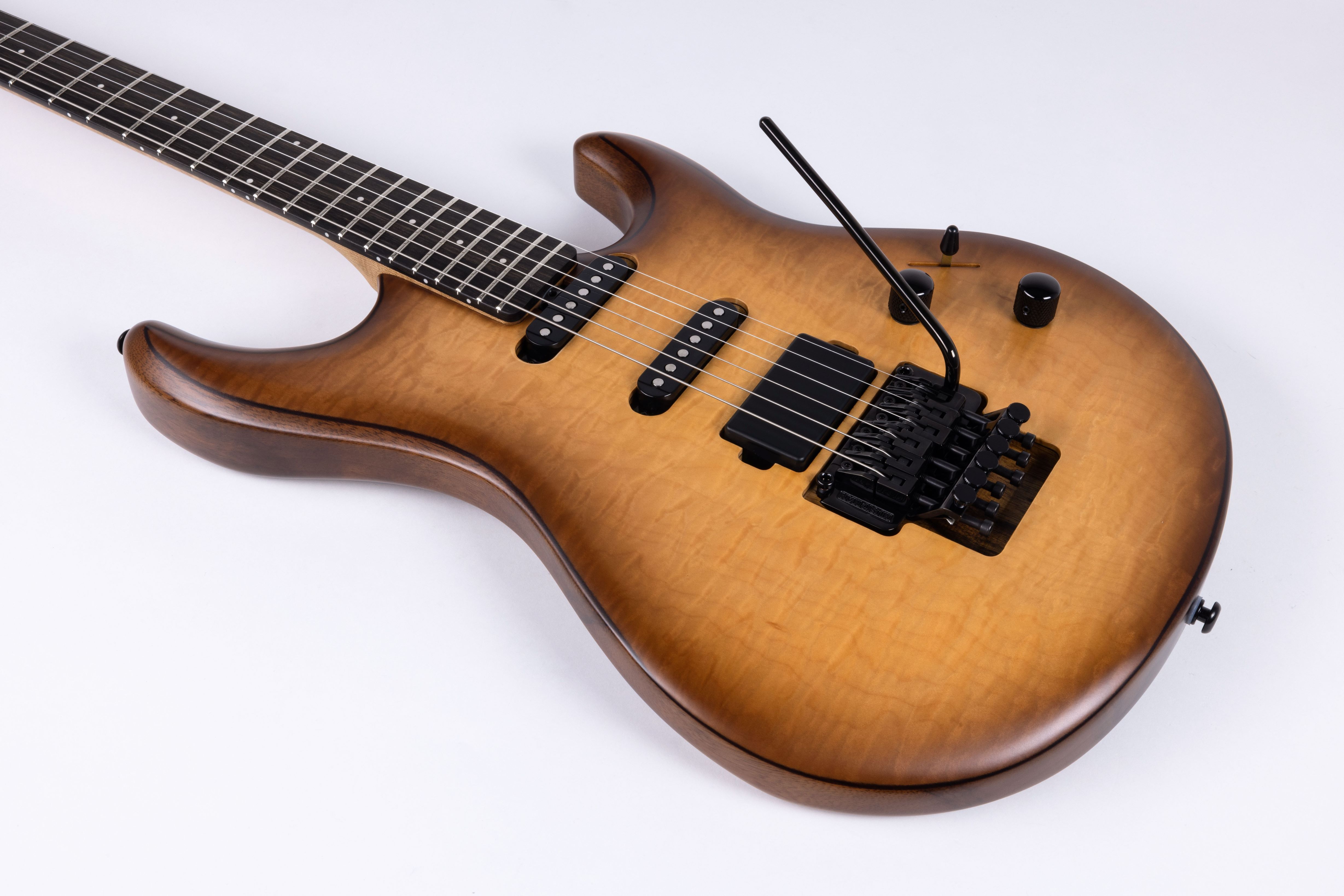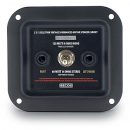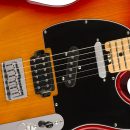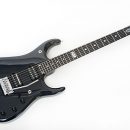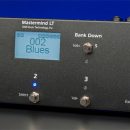Neural DSP’s latest offering is an enhanced version of the Archetype: Tim Henson plug-in originally released in 2022. Known for spear-heading the instrumental band Polyphia, Tim has been pushing the boundaries of guitar with his iconic blend of metal, hip-hop, jazz, and trap music to create an altogether unique sound. The redesigned user interface makes it simple to dial in Tim Henson’s signature sounds with precision.
For those using the Quad Cortex, an upcoming CorOS update will allow presets compatibility, further enhancing its versatility and integration. The ability to take these tones with you in the near future is a sure way of ensuring the hours you will undoubtedly spend tweaking this fabulous plug-in can be translated into a live context with ease.
Features
Archetype: Tim Henson X features three custom voiced amplifiers for players to enjoy:
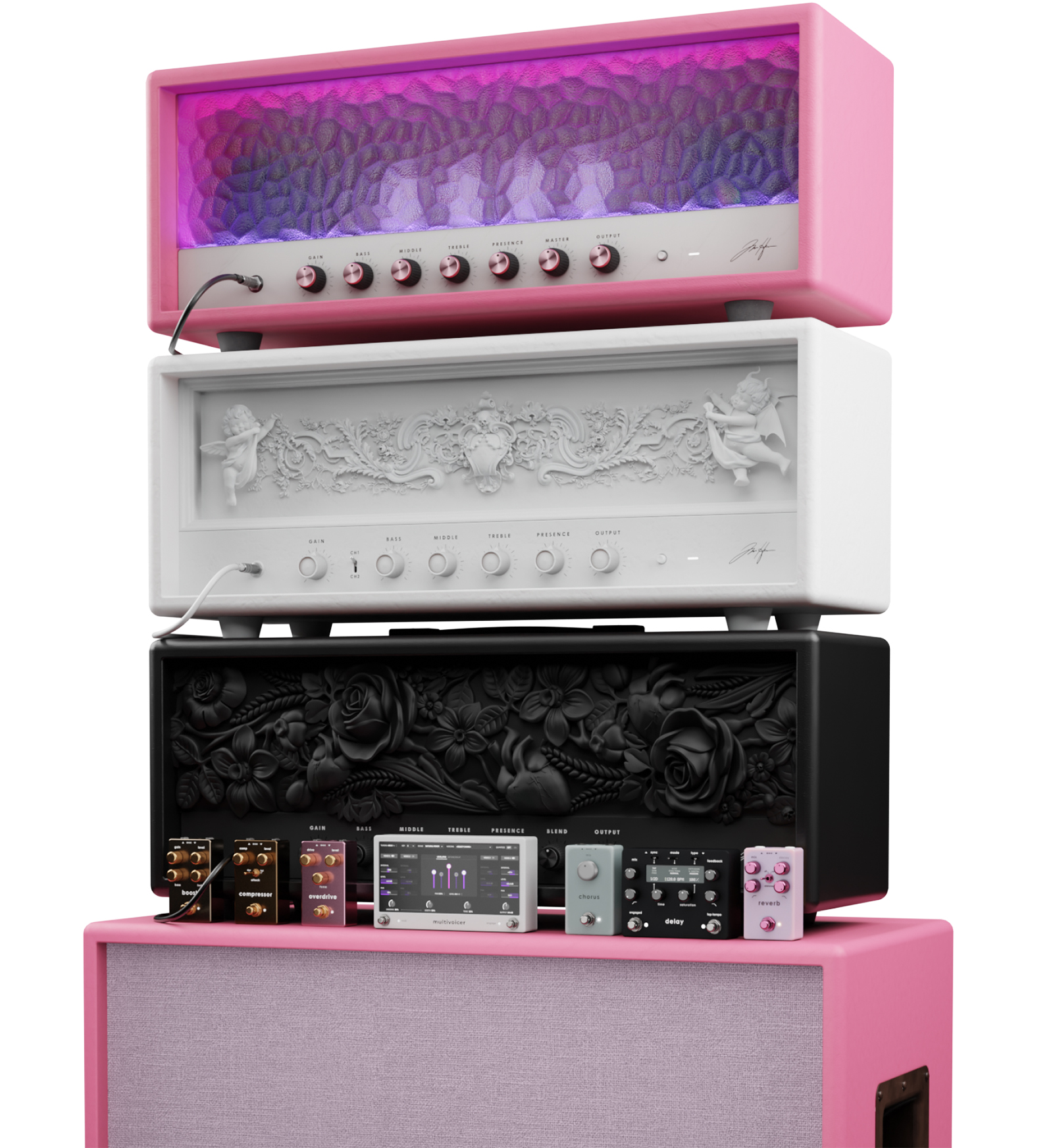
Roses is a bright-voiced amplifier recreated from Tim’s actual studio signal chain to bring out the rich harmonics and fullness of acoustic instruments. We tested this model with a Piezo-equipped electric guitar and were very pleased with how natural it both felt and sounded in our demo. It also features Neural DSP’s proprietary blend control, which can simulate some of the acoustic/piezo sparkle found on conventional pickups.
Cherubs is a low-gain, British-voiced amplifier similar to a vintage Vox amp. With two different channels to access everything from glassy cleans to edge-of-breakup tones, we were pleasantly surprised at just how dynamic this amp model was. The amp model on its own covers enough ground to record a full record without the additional FX and can produce clean and low-gain tones from any decade, easily.
Pink is a rather dynamic and rich amplifier model. If you’re looking for heavier rhythms and soaring leads, this is the amp model for you. However, it is not like the other high gain voiced amps we’ve tested in previous Neural DSP plug-ins. This model tends to sound less “metal” and can achieve much smoother tones, really making lead melodies stand out with plenty of warmth. Of course, with some EQ and mic placement changes, we achieved full sounding chugs without any risk of muddy low end, too.
Included pre-effects are a transparent clean boost that increases gain without coloring your tone, a compressor for tightening your dynamics or adding sustain, and a warm overdrive for adding grit and saturation to the front of any of the three included amp models. Post-effects include a stereo chorus, a delay with three modes and three repeat options, and a reverb that can shift from subtle room sounds to harmonic-inducing shimmers.
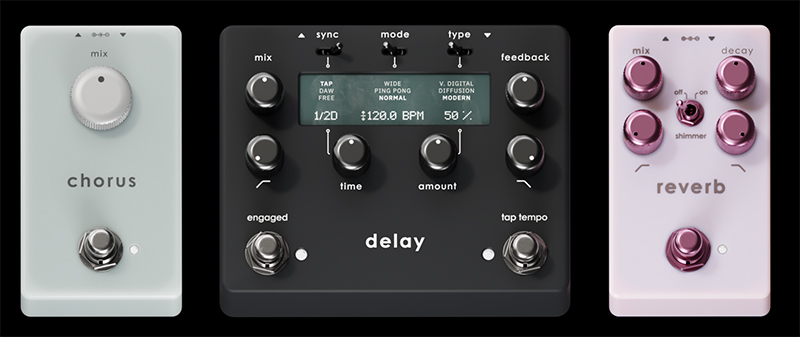
One standout feature is the revamped Multivoicer, which includes additional scale options, providing even more tonal versatility for guitarists looking for new approaches to harmony in their playing. Other new features include Transpose, Doubler, Live Tuner, and Metronome. These are all features we’ve come to enjoy in other “X” versions and they feel right at home here as well. There are also refined EQ and Room Send controls, allowing players to fine tune their overall tone by adding finishing touches and ambience.
Usability and Sound
While we go in depth over the usability in the accompanying video, it’s worth restating that Neural DSP plug-ins tend to be extremely user friendly. Neural DSP’s web pages for each plug-in clearly explain every single component of each plug-in so that you know exactly what each feature does and how it works. Each section of the plug-in is clearly labeled, and with the ability to save presets you can easily recall previous tones with the click of a button. Setting up the plug-in at first is pretty straightforward as well, as you just need to plug your guitar into an audio interface, and then select the appropriate input on the plug-in or on the DAW channel you’re recording with.
The built-in presets cover most of what you’ll need, and we found ourselves using them quite a bit during both the demo and recording process of this plug-in.
The amount of audio options including sample rates, latency, and I/O are extensive and rival most hardware units. We were able to achieve 0.4ms of roundtrip latency with the plug-in itself, which is almost unheard of. It truly feels like plugging straight into a physical amplifier with the fast response time.
Documentation and Support
The website goes over everything you need to know in order to use Archetype: Tim Henson X out of the box. Every amp model, effect, and section is explained clearly. Since it is a digital product there is no physical manual, however we felt like it doesn’t really need one to begin with between the clean UI and in-depth explanations online.
Price
Archetype: Tim Henson X sells for approximately $160 USD. It’s actually one of the pricier Neural DSP plug-ins, but it’s also one of the most unique sounding, and it’s wonderfully musical. Whether it’s the right set of other amps and effects for you is a personal choice, and this is one case where we can’t say “this sounds like a Mesa” or “this sounds like a Marshall,” but what we can say is that we find it musically inspiring, and we’ll definitely be using it in our studios.
Contact Information
Neural DSP
www.neuraldsp.com



